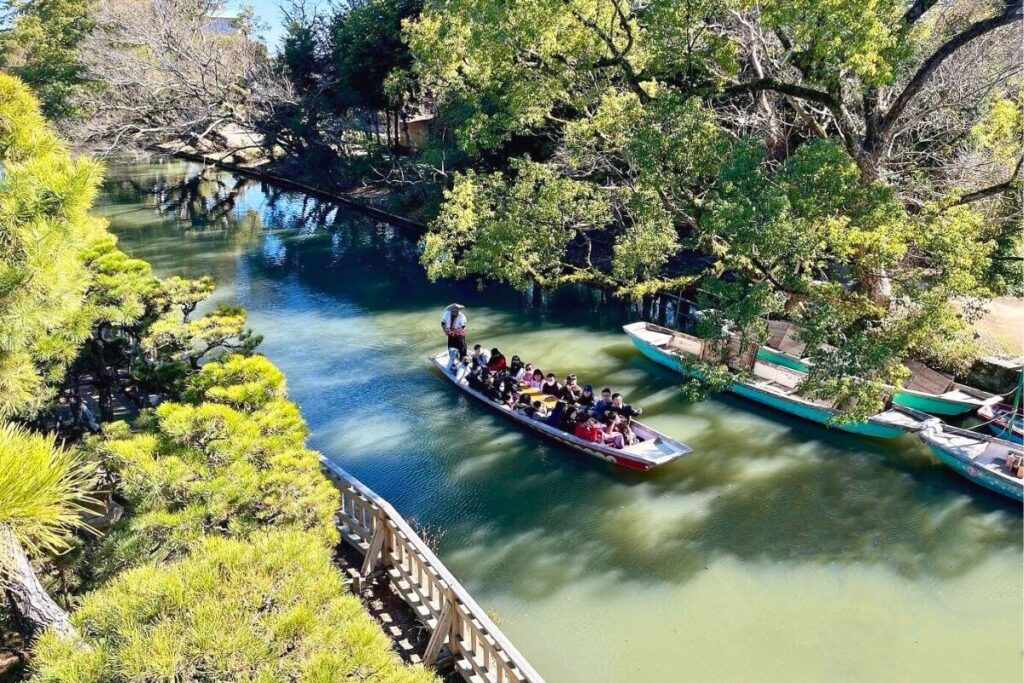
Considering a trip to Yanagawa? But aren’t sure what to do when you get there? Don’t worry! I’ve got you covered with the ultimate list of things to do in Yanagawa, Japan!
Known as the “City of Water” and the “Venice of Kyushu,” Yanagawa is a unique and historical destination – one that may be lesser known, but is no less magical.
Offering picturesque canals, stunning natural scenery, incredible local seafood, and a serene yet historic atmosphere, Yanagawa is, without a doubt, a great addition to any Kyushu itinerary.
In fact, I added it on as a side trip when I visited Nagasaki. It was quick and easy to get to and offered a nice alternative to the hustle and bustle of the city.
What’s more, there’s plenty to do in this former samurai castle town – whether you’re looking for a quick day trip or a more relaxed, laid-back getaway, you have several options to explore.
That being said, let’s get to it and uncover the best things to do in Yanagawa.
*Please note: This post contains affiliate links to trusted partners. If you make a purchase using these links, I will earn a commission at no extra cost to you. Thank you for your support!
Where is Yanagawa?
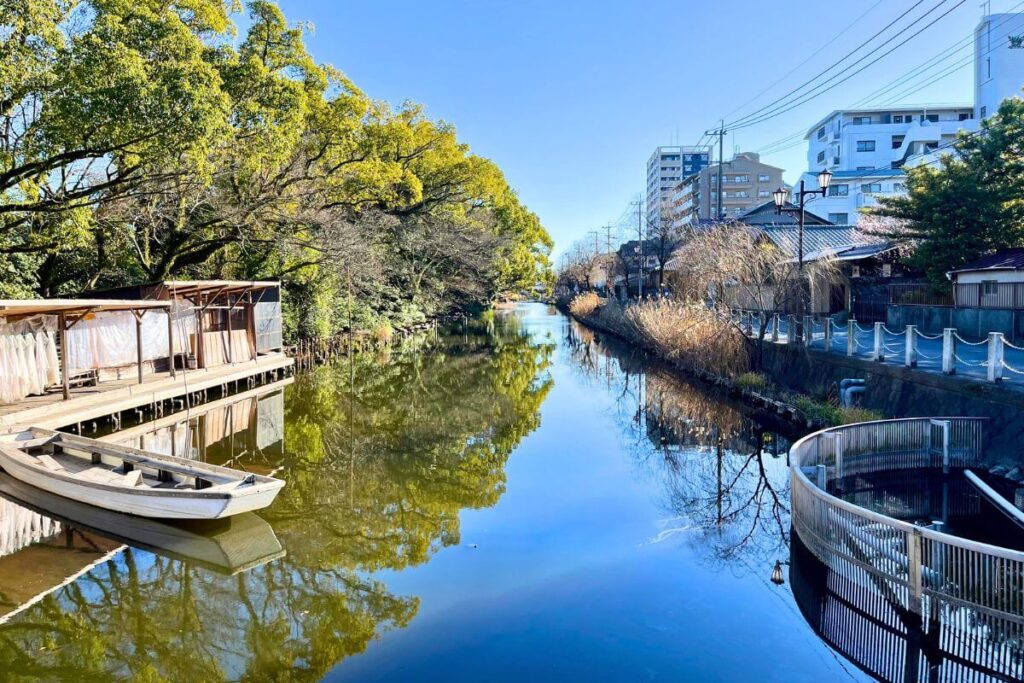
The city of Yanagawa lies along the central western coast of Kyushu Island in Fukuoka Prefecture.
It’s situated about an hour south of Fukuoka City by train and approximately 2.5 hours northeast of Nagasaki.
While there are closer airports to the city, most people fly into Fukuoka International Airport (FUK) and travel to Yanagawa from there, as it’s significantly cheaper.
If you opt to do this, you can catch a direct train from Tenjin Station to Nishitetsu-Yanagawa Station.
Alternatively, you can also fly into the Kyushu Saga International Airport (HSG) in the city of Saga.
This airport is only about 19 kilometers from Yanagawa. However, there isn’t a direct train route between the two destinations, so it’s best to travel via taxi or car.
Pro Tip: If you don’t have time to include a separate stopover in Yanagawa, consider joining a guided tour from Fukuoka instead!
Best Time to Visit Yanagawa
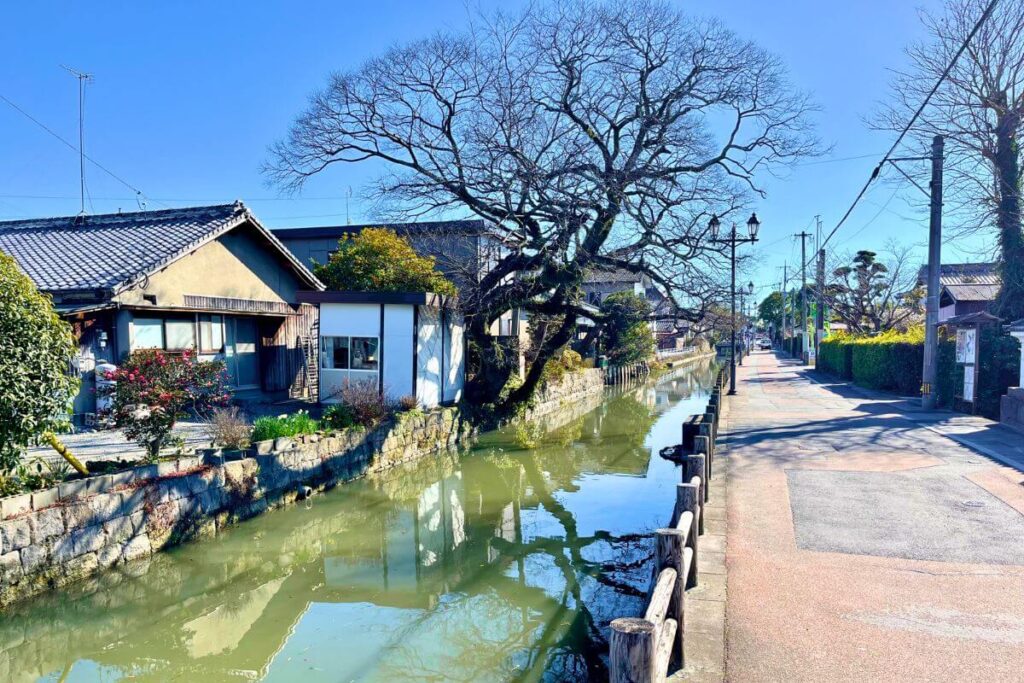
Winter in Yanagawa isn’t quite as pretty, but there are significantly fewer crowds.
Truth be told, Yanagawa is an incredible destination to visit any time of the year!
Given its location along Japan’s southern coast, the weather here is very mild, even in the midst of winter. There are also a variety of seasonal events and activities that take place throughout the year.
I’ll go over some of the city’s biggest celebrations further on in this article. But to give you an idea, here’s a quick overview of what to expect:
Winter: While winter is cooler, the weather is still very mild with temperatures that rarely drop below 50°F (10°C) during the day. The best part about this time of the year, however, is the absence of crowds. I visited Yanagawa in February, and there weren’t many other people around, which was great! On top of this, the city hosts their famous Sagemon Doll Festival around this time.
Spring: Spring brings with it warmer temperatures and incredible natural scenery. The city is filled with cherry and wisteria trees – both of which bloom around this time. This creates an absolutely gorgeous environment, but also one that is significantly more crowded.
Summer: During the summer, you can expect to encounter the warmest temperatures as well as the most rain. The upside to this, however, are the sunflower fields – which blanket the landscape in vibrant shades of yellow. Summer also brings with it a few fun-filled festivals, including the Summer Water Festival.
Fall: Temperatures begin to drop again during the fall months, bringing about comfortable weather with minimal rain. This time of year is also great for fall foliage, as trees around the city display vivid autumn colors. In addition, the city hosts a number of cultural festivals, including the Onigie Autumn Festival.
How to Get Around Yanagawa
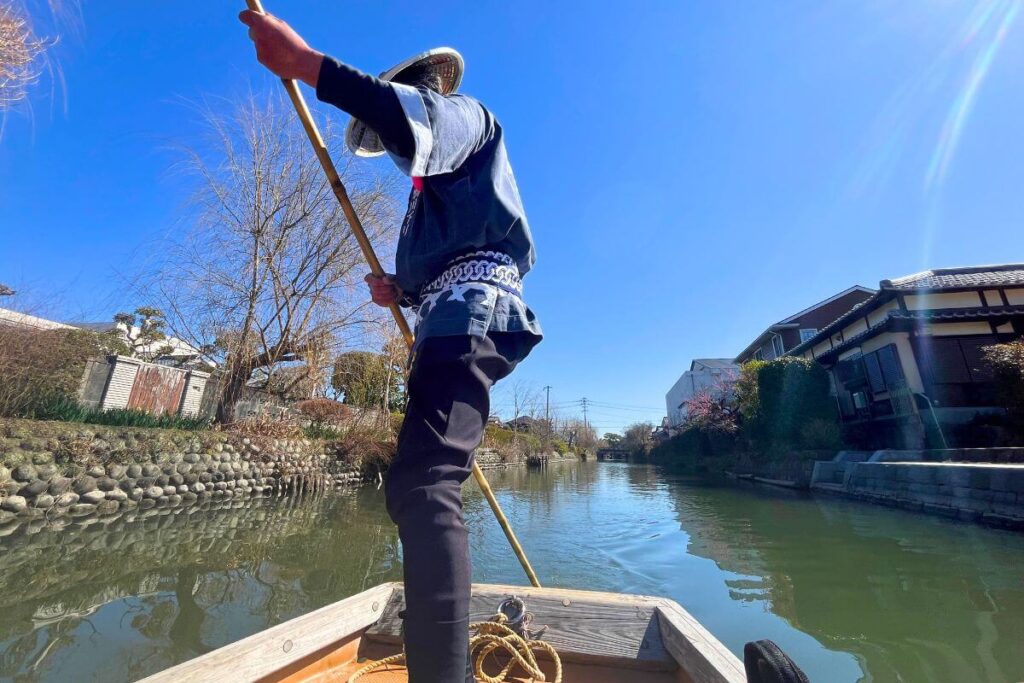
Boating is a great way to get around the city.
The city of Yanagawa is quite small, so it’s very easy to get around.
Once you’ve made it to the main historical district, everything is within walking distance. So you can easily travel on foot from attraction to attraction.
If you do need transportation, there are taxis readily available. And the city also offers a network of buses that can take you pretty much anywhere.
If you plan to utilize these buses, it’s best to purchase a transportation pass, also known as an IC card.
These prepaid, refillable cards can be found at train stations throughout Japan and are compatible across most forms of public transportation.
This means that an IC card purchased in Yanagawa can be used for local trains, buses, and subways all across Japan, including major cities like Tokyo, Kyoto, Fukuoka, Hiroshima, etc.
That being said, it’s important to note that IC cards don’t work everywhere.
Generally speaking, Shinkansen (or bullet trains), limited express trains, and highway buses don’t accept transportation passes. Instead, they require their own separate tickets.
Finally, to help you navigate your way through Yanagawa, I suggest using Google Maps. This app is one of the best travel apps for Japan, because it syncs with local public transportation and provides accurate, up-to-date transit information.
Pro Tip: Utilize the canal tour to make your way around the city! The tour, which begins near the train station, will take you to the main touristy area of Yanagawa. Spend a few hours exploring here. Then make use of the company’s complimentary shuttle bus to get back to the train station.
Yanagawa, Japan Map
To help you plan your trip, here’s a quick map overview of all the places mentioned in this blog post.
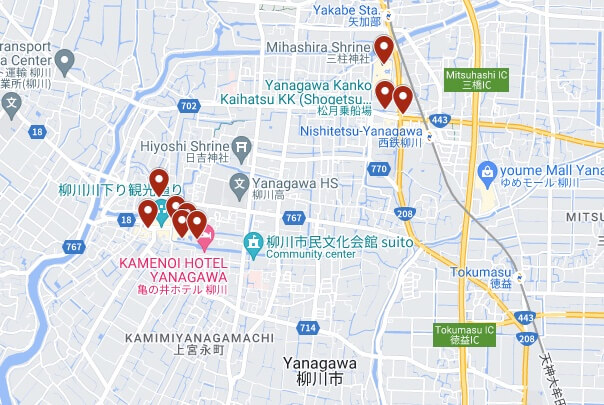
If you’d like to view an interactive version of this map, click here!
7 Things to Do in Yanagawa
Without further ado, here’s the ultimate list of things to do in Yanagawa, Japan!
Go for a Cruise Along Yanagawa’s Canals
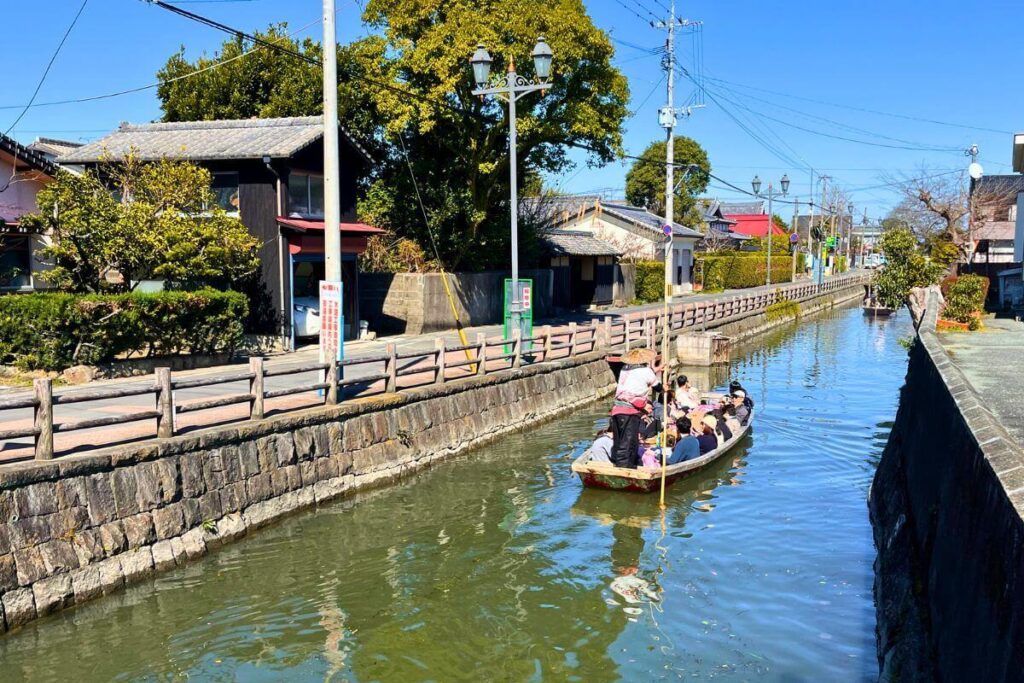
Undoubtedly, one of the most popular things to do in Yanagawa is to go on a canal cruise.
The city is filled with a plethora of canals that span hundreds of kilometers and date back hundreds of years.
Originally used for irrigation and transportation, these canals are now the star attraction of the city.
While each canal tour is a bit different, they are typically led by local boatmen dressed in traditional attire. And they take place using flatboats also known as Donko-bune.
Along the tour, you’ll pass by several landmarks and get to experience the beautiful canal scenery – which is especially captivating during the spring when the cherry blossoms bloom.
If you’re lucky, you’ll also get to learn a bit of history (and maybe even hear a few songs) from your tour guide.
While our guide spoke mostly in Japanese, he did know some English words and was able to point out a few things to us.
There are several companies that offer tours. However, the one that we used was Yanagawa Kawakudari, which is located next to the train station.
Explore Tachibana-tei Ohana & Shoto-en Garden
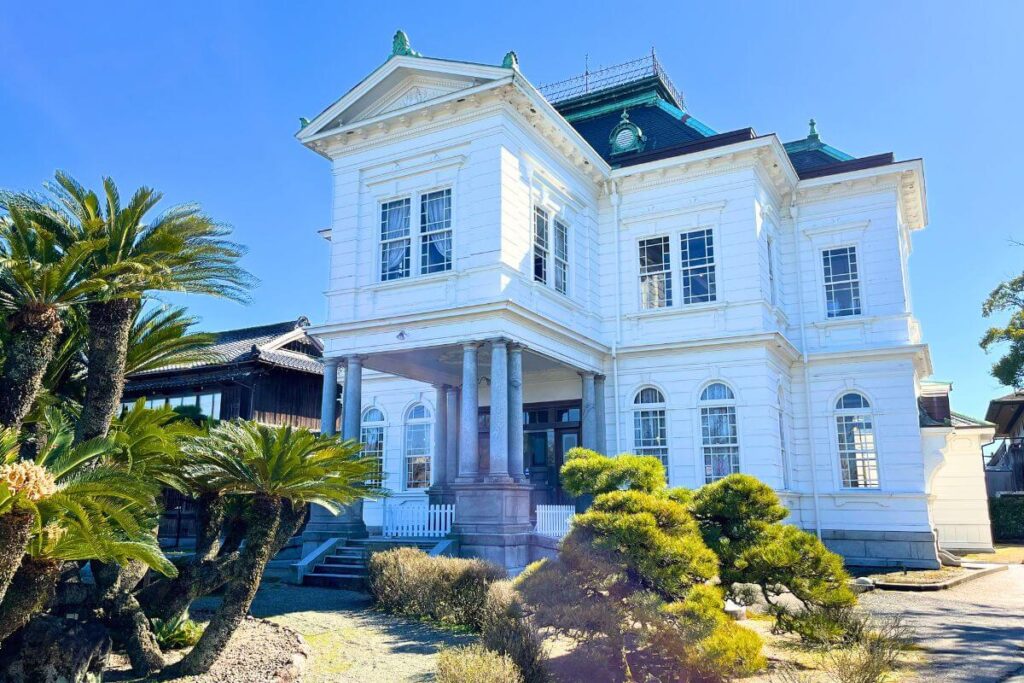
Designated as a National Site of Scenic Beauty, Ohana is the former residence of the Tachibana family.
During the Edo period, between the 1600s and the 1800s, the Tachibanas served as feudal lords, ruling over Yanagawa.
Their estate, which was originally built in the 1700s, continued to play an important role in the politics of the city for many years. And, as time went on, modern additions and renovations were made.
Today, the estate is home to a mix of traditional Japanese buildings and Western-influenced structures. All of them preserved to reflect their respective periods of time.
Alongside them, you’ll also find the Shoto-en Garden, which features an impressive pond and lush greenery.
Unfortunately, we were not able to go out and explore the garden. But there are nice views of it from one of the building’s balconies.
In addition to this, the estate is also home to a restaurant and a Japanese ryokan hotel.
Visit the Tachibana Museum

Gosho dolls dating back to the 18th & 19th centuries.
Also located within the Ohana estate, the Tachibana Museum is dedicated to the history of the Tachibana clan.
Here, you’ll find a variety of artifacts dating back to the Edo period.
While exhibits may change throughout the year, common relics include old samurai armor, royal kimonos, tiny traditional dolls, ceremonial teapots, and a variety of historical paintings.
Pro Tip: If you plan to visit Ohana and the Tachibana Museum be sure to purchase a combined admissions ticket, which is offered at a discount.
Discover Mihashira Shrine
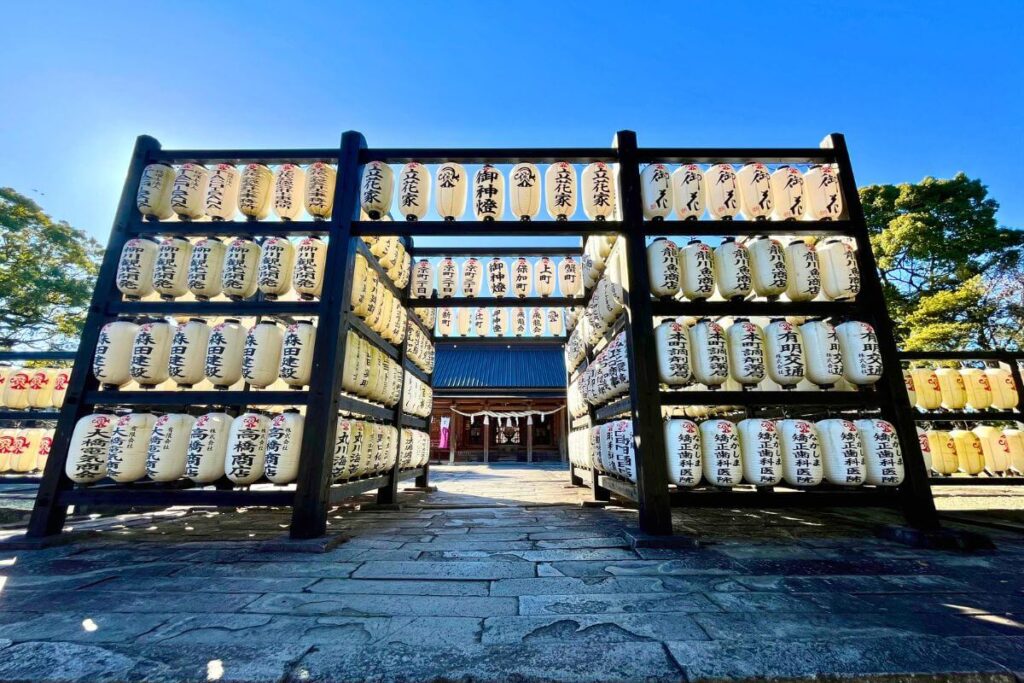
Dating back to the 19th century, Mihashira is a Shinto Shrine dedicated to the former rulers of Yanagawa.
It is said that Muneshige Tachibana, the first lord of Yanagawa, his wife, and his father-in-law are all enshrined here.
The complex includes several stunning structures, including a set of red torii gates, a main hall, and a permanent display of traditional Japanese lanterns.
Meanwhile, the property itself resides in a very peaceful location, one that is a bit more removed from the city.
*Please note: There’s also a much smaller shrine situated next to Ohana that bears the same name. This appears to be a sister shrine of sorts – but is not the main shrine. The main Mihashira Shrine is located closer to the train station, near the Okinohata River.
Stop by the Old Toshima Villa & Garden
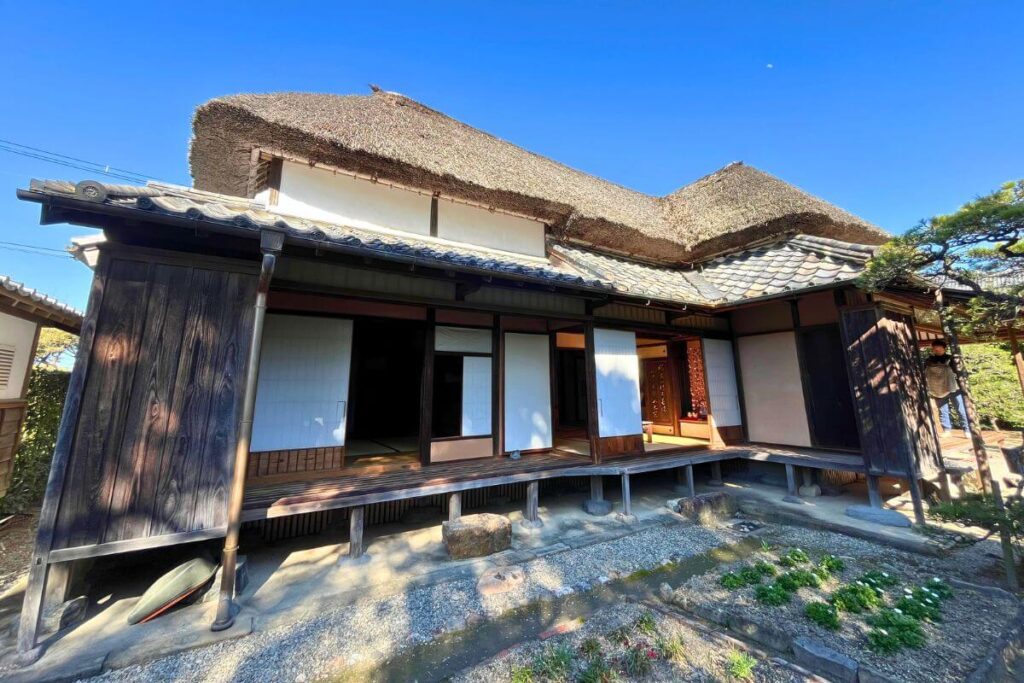
Another National Scenic Site, the Old Toshima Villa (or Former Residence of the Toshima Family) was once a home for retired samurais.
Built in the late 18th century, it was constructed in the sukiya-style, which essentially mimics a tea house.
Today, the building maintains much of its original charm and features interior displays reflective of the Edo period.
It’s a nice, quiet spot to check out, especially if you’ve never seen a traditional Japanese home before.
Wander Along the Canals
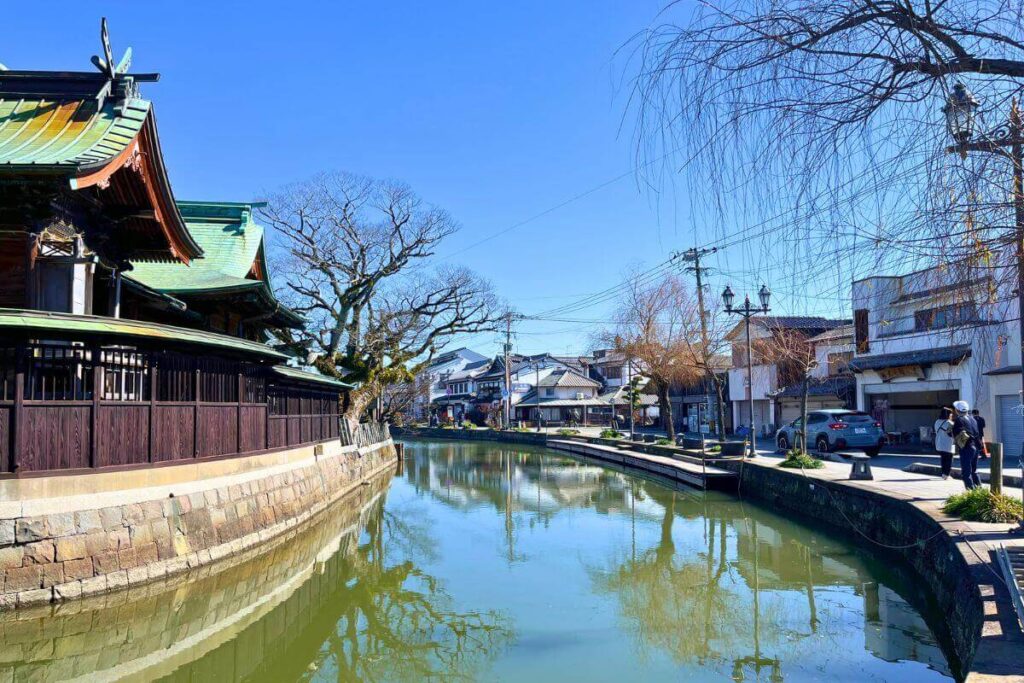
While you’re in Yanagawa, make sure to take some time to simply wander around.
Even though Yanagawa no longer has a castle, it’s still a former castle town and is home to a number of historic buildings and structures.
Many of these can be found spread out along the canals and are really interesting to see.
In addition to this, there are some really pretty spots hidden throughout the city – lots of small, scenic bridges, peaceful parks, and whatnot.
Sample Local Seafood
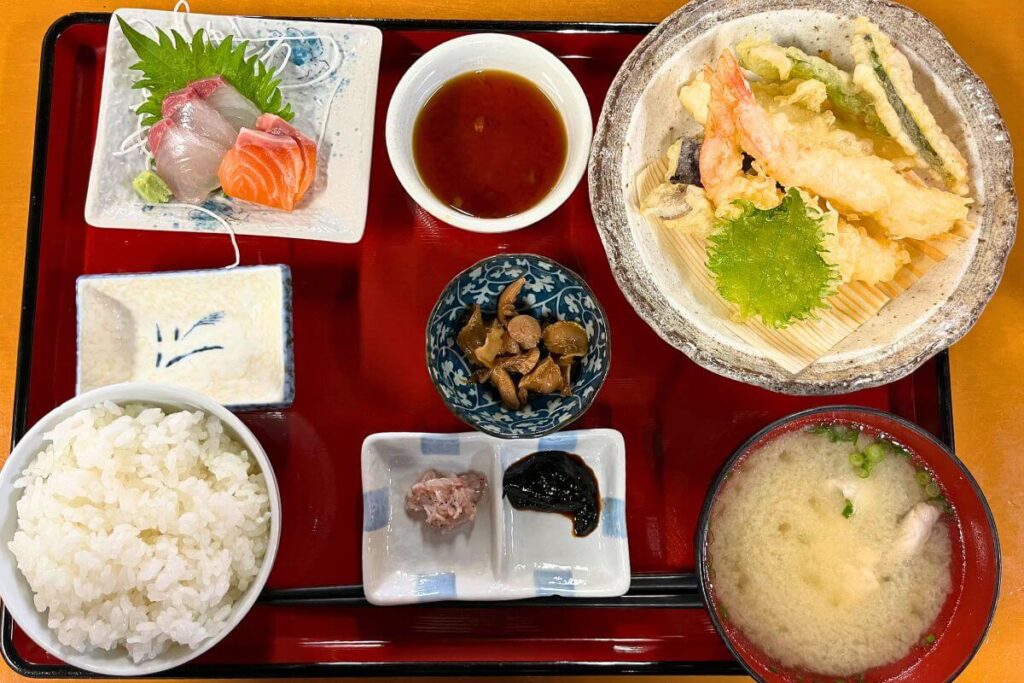
Seafood lunch set with sashimi, tempura shrimp, miso soup, and white rice.
Seafood is a major component of the local cuisine in Yanagawa. So, I highly recommend trying it while you’re there.
Steamed eel, in particular, is the city’s most famous dish. So you’ll find lots of restaurants that are strictly dedicated to unagi or eel.
But in addition to this, it’s also possible to find a wide range of seafood offerings. This includes shrimp, crabs, oysters, clams, and a variety of fish.
7 Incredible Seasonal Events
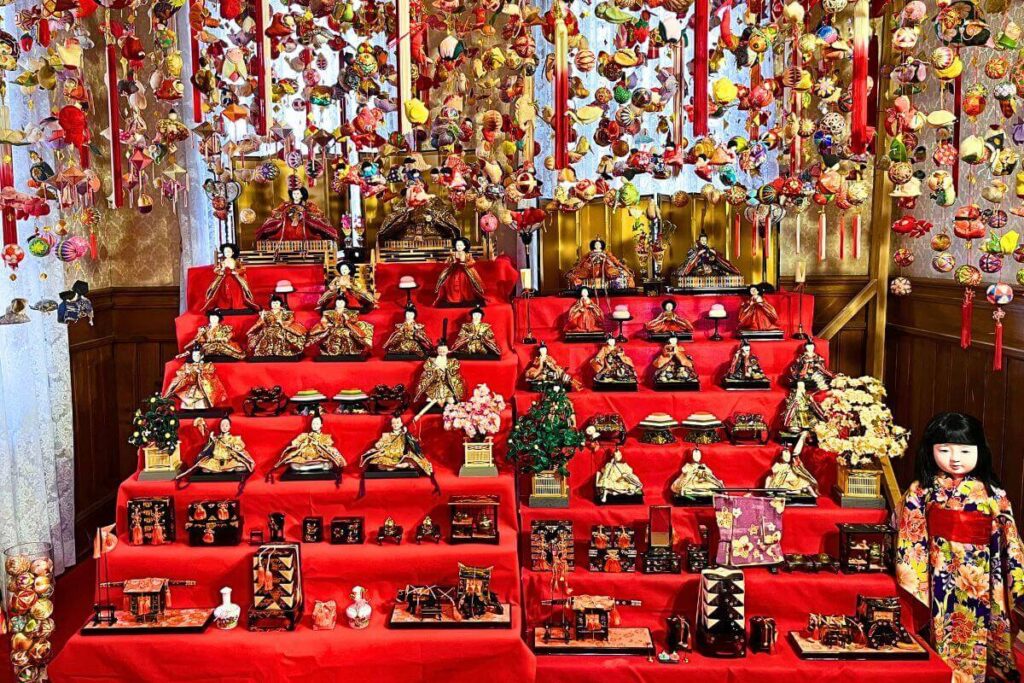
Display for the Sagemon Festival.
Some of the best things to do in Yanagawa involve seasonal events and activities.
While you won’t be able to partake in all of these celebrations, I recommend trying to attend at least one!
Here are a few of the most popular:
- Sagemon Festival: Celebrated in honor of young girls, the Sagemon Festival is held every year from February 11th to April 3rd. Featuring doll displays and the hanging of sagemon or long ornaments, the festival aims to bring protection and safe growth to young girls of the city.
- Summer Water Festival: Held in early August, the Water Festival celebrates the waters and canals of Yanagawa. During this time, several water sport activities are offered, including paddleboarding, canoeing, and boat racing.
- Onigie Autumn Festival: In early October, the historic Onigie Festival takes place at Mihashira Shrine. Originally created to celebrate the fall harvest, the festival now features several parades and dance performances.
- Hakushu Festival Waterway Parade: Created in honor of Yanagawa’s great poet, Kitahara Hakushu, the Hakushu Parade takes place from November 1st to 3rd. Each day a boat parade occurs at dusk and is accompanied by musical performances and fireworks.
- Cherry Blossom Season: The cherry blossoms in Yanagawa bloom between mid-March and early April. During this time, the city hosts an annual Cherry Blossom Festival with vendors and tree illuminations.
- Wisteria Flower Season: Around the second half of April, the wisteria trees in Yanagawa also begin to bloom. To honor this time of year, the city hosts the Nakayama Grand Wisteria Festival, complete with food stalls and live performances.
- Sunflower Season: The Sunflower Garden of Yanagawa is home to approximately 300,000 sunflowers. And from late July to mid-August, they all bloom, covering the landscape in various shades of yellow.
🌟 Spending more time in Kyushu? Be sure to check out my Kyushu 7 day itinerary!
Frequently Asked Questions About Visiting Yanagawa
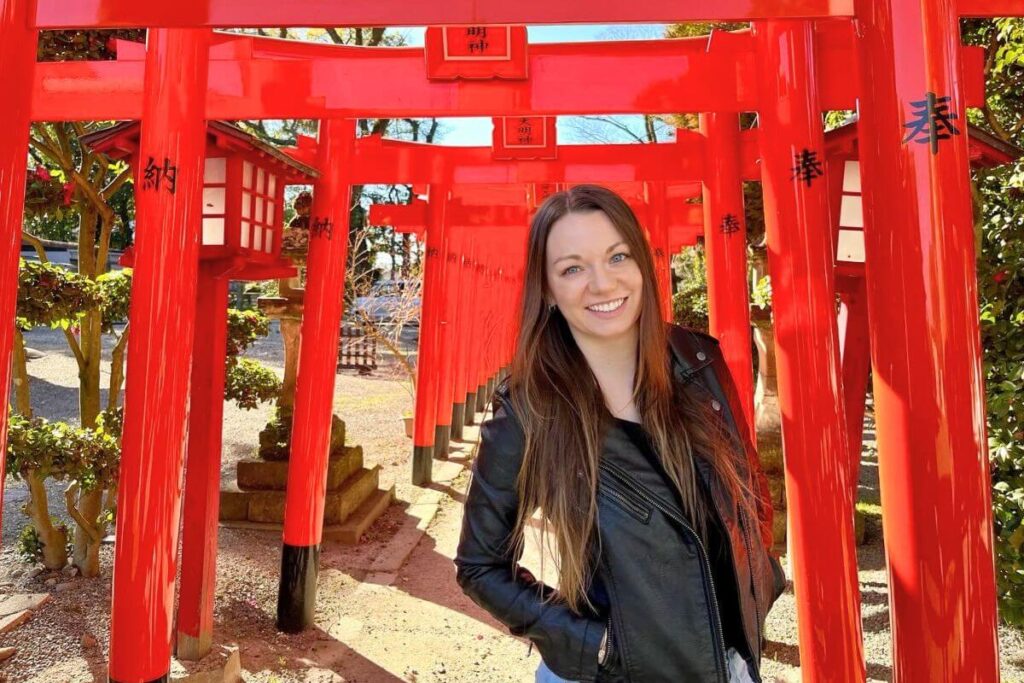
Red torii gates at Mihashira Shrine in Yanagawa.
Here are my thoughts on some commonly asked questions about Yanagawa.
Is Yanagawa Worth a Visit?
Yes, Yanagawa is definitely worth visiting – at least for a day. It’s so different from many other Japanese destinations and, as such, offers a very different experience. It’s more traditional, more relaxed, slower-paced, and genuinely unique. If you’d like to see something besides the bright lights of the big city, then I recommend visiting Yanagawa.
What is Yanagawa Best Known For?
Yanagawa is most widely known for its historic canals – and the boat rides that are offered along them. It’s such a scenic and peaceful way to take in the city. And it offers a glimpse into the more traditional and historical side of Japan. In addition to this, Yanagawa is also famous for its scenic landscapes, lively festivals, and delectable seafood.
Is One Day Enough for Yanagawa?
One day is certainly enough time to explore Yanagawa. It’s a small city, so it’s very easy to get around and see the major highlights. It makes for a great day trip if you’re traveling from another nearby city in Kyushu.
Can Yanagawa Be a Day Trip from Fukuoka?
Yes, Yanagawa is a great option if you’re interested in taking a day trip from Fukuoka. In fact, that’s what a lot of people end up doing, especially those who are short on time. It only takes about an hour to travel between the two cities, leaving you with plenty of time to explore. There are also several guided day tours that you can join, if you’d rather not travel on your own.
How Do You Get From Fukuoka to Yanagawa?
The easiest and quickest way to travel from Fukuoka to Yanagawa is by train. If you depart from Nishitetsu Fukuoka Station (aka Tenjin Station), you can catch the Nishitetsu-Tenjin-Omuta Line. This train will take you directly to Nishitetsu-Yanagawa Station. The travel time for this is about an hour and costs approximately 900 yen. Unfortunately, the JR pass is not accepted along this route.
Final Thoughts: Things to Do in Yanagawa
So there you have it – my top recommendations for things to do in Yanagawa. Hopefully, this guide is helpful in planning your own trip to Kyushu’s city of water.
Regardless of what you decide to do in Yanagawa, you’re sure to have a wonderful time. After all, the city is a hidden gem – one that offers a unique glimpse into Japan’s past.
Are you planning on visiting Yanagawa, Japan? If so, what are you most excited to do? Let me know in the comments below!
Like this list of things to do in Yanagawa, Fukuoka? Pin it now for later!
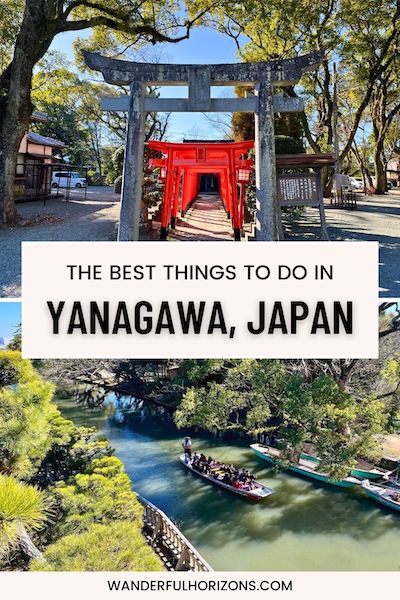
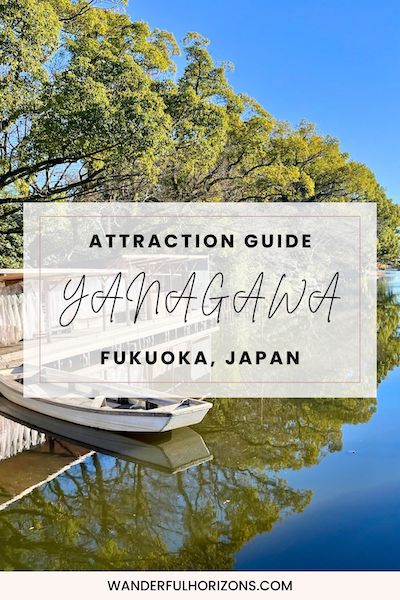
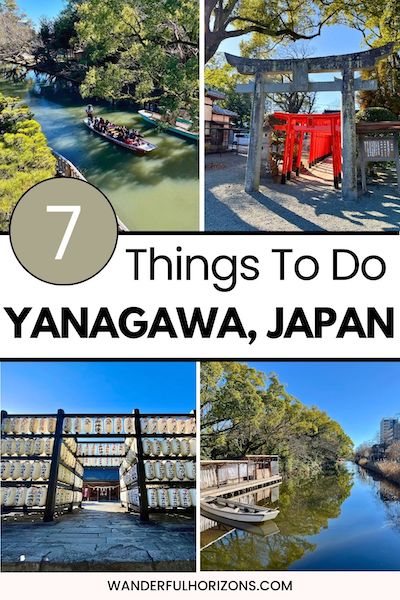

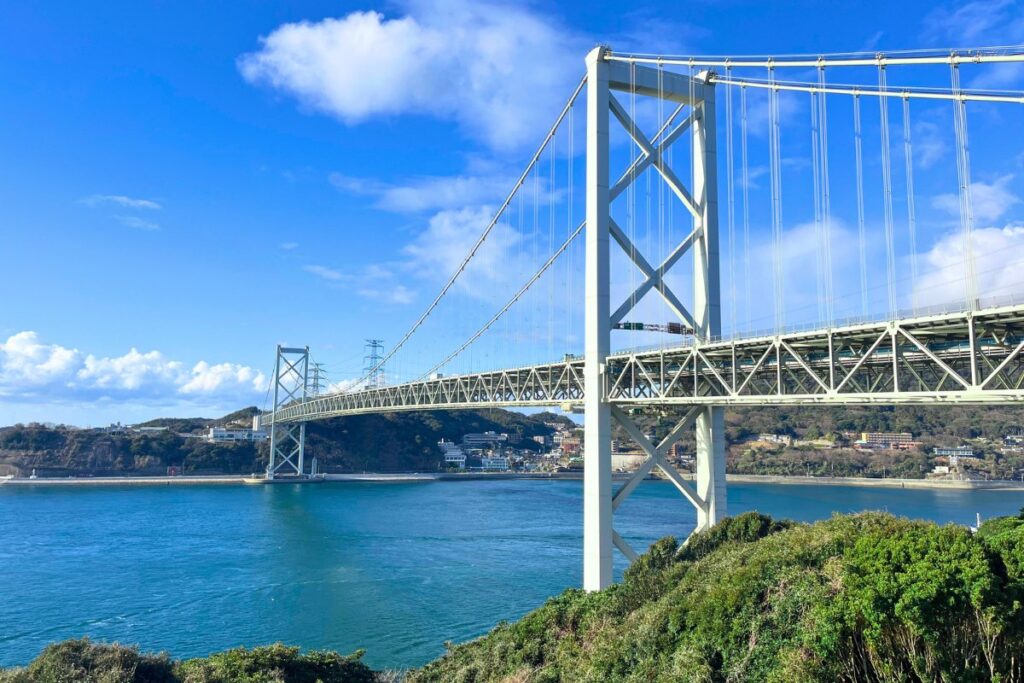
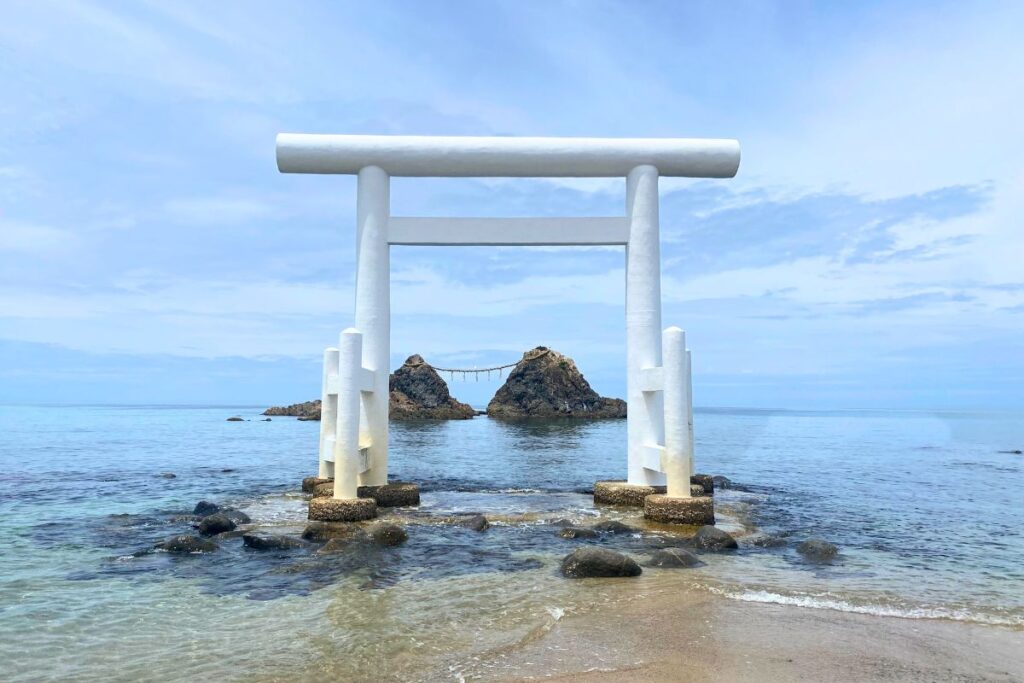
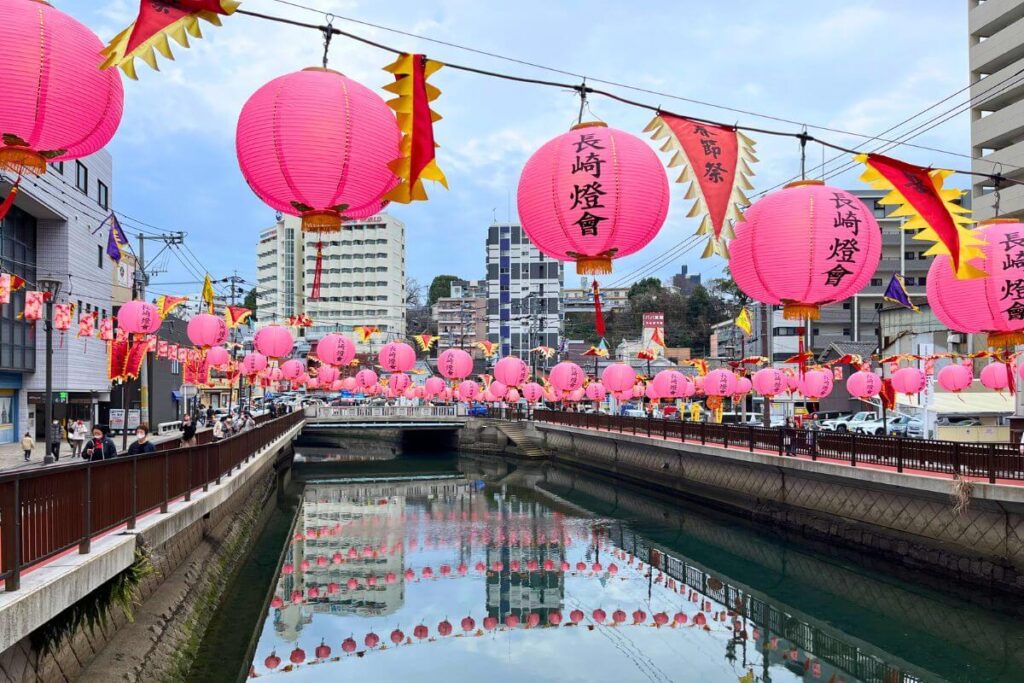
Wow amazing pictures! The pictures surely caption the history and the feeling of Yanagawa.
Thank you!! 🙂